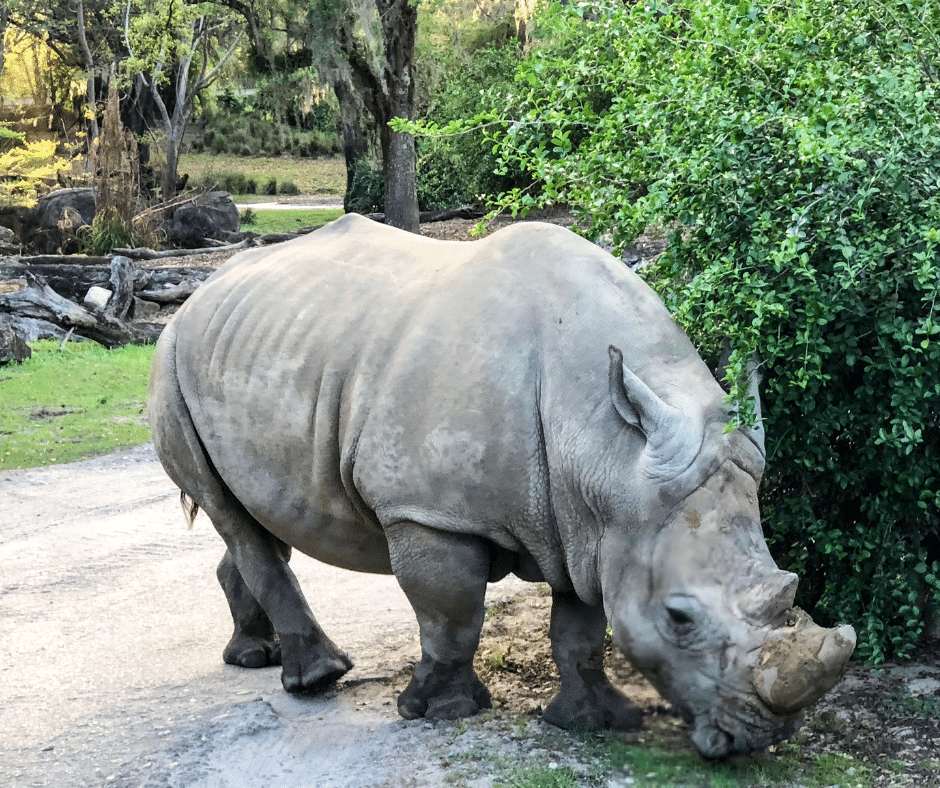The animal kingdom is a vast and diverse world, with countless species inhabiting various habitats worldwide. From the arctic tundra to the depths of the ocean, animals have adapted to survive in even the harshest environments. So how do creatures adapt to their surroundings to ensure their survival?

Adaptation is a central mechanism of evolution, where species gradually evolve to become better suited to their environment. Over time, these adaptations become essential for the survival of a particular species, allowing them to thrive or cope with challenging conditions. The following are some of the ways creatures adapt to their environments.
One of the most apparent adaptations that animals make is physical changes, such as size or shape, that enable them to survive in a particular environment. For example, polar bears have evolved to have thick fur and a layer of blubber that helps to insulate them from the harsh arctic climate. Additionally, their large webbed paws help them walk across snow and ice, making them an adept predator.
Fish have evolved to survive underwater by developing gills to extract oxygen from the water. These gills enable them to breathe with efficiency, allowing some species to survive at depths where the water pressure would be deadly to a human. Similarly, whales have evolved to survive underwater by developing powerful lungs that can extract oxygen from the air at the surface before submerging completely.
Another strategy used by animals to adapt to their environment is behavioral changes. This includes how animals live, eat and reproduce. For instance, desert animals move throughout the day to avoid the scorching heat, while nocturnal animals adapt to foraging in the dark.
Some animals have even evolved unique chemical adaptations that help them cope with their environment. For example, many species of insects have developed the ability to excrete chemicals, such as pheromones or toxins, to avoid predators or attract mates. Additionally, some species of insects have developed immune systems so efficient that they can survive in toxic environments.

Finally, some creatures adapt by working together in social groups. For instance, bees live in hives and work together to collect food, protect their queen, and build their colony. Similarly, meerkats work together to hunt and defend their territory. These social adaptations allow these animals to benefit from the collective skills and knowledge of multiple individuals, making them very effective at coping with environmental challenges.
The process of adaptation is not always easy, however. Environmental change can be rapid and often deadly, leaving species without the time necessary to adapt. For instance, many animal species have been driven to extinction due to habitat loss, pollution or climate change. Consequently, wildlife conservation is increasingly advocated as a necessary intervention to preserve habitats and promote biodiversity.
In conclusion, adaptation is an essential process that enables animals to survive in their environment. Whether physical, behavioral, or social adaptation, species that can evolve as they encounter environmental challenges increase their chances of survival, while those that cannot perish. It is crucial that we identify and protect critical habitats and work to protect vulnerable or endangered species, so that we continue to benefit from the remarkable diversity we see in the animal kingdom today.
